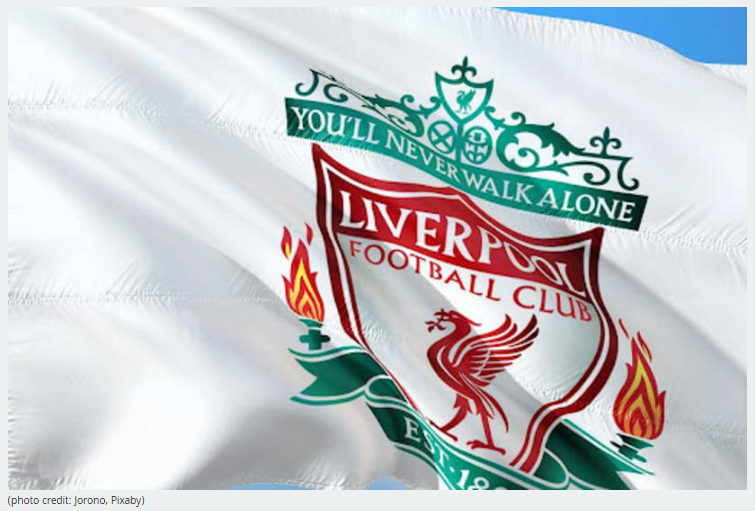The recent incident involving a Maccabi Tel Aviv player joking about posting on LinkedIn after his team’s championship victory has thrust the professional networking platform into the soccer spotlight. Meanwhile, reports suggest that Liverpool FC is now actively looking to replace members of Jurgen Klopp’s backroom staff via LinkedIn.
The Challenges of Bridging the Gap
However, soccer is a uniquely insular industry, where personal connections and prior experience often carry more weight than online profiles. The personality, leadership skills, and tactical nous required to succeed as a soccer manager are not easily reducible to a LinkedIn page. Club owners and directors accustomed to the traditional methods of soliciting references, conducting in-person interviews, and relying on their own networks may be skeptical of sourcing top talent through an impersonal digital platform.
Liverpool’s Experiment with LinkedIn
The reported move by Liverpool to use LinkedIn to fill vacancies on Klopp’s staff highlights the potential for the platform to play a role in soccer recruitment. As one of the sport’s most prestigious clubs, Liverpool’s embrace of LinkedIn could lend legitimacy to the idea and encourage other teams to follow suit.
The Future of LinkedIn in Soccer
Ultimately, while the Maccabi Tel Aviv and Liverpool incidents demonstrate the potential for LinkedIn to intersect with soccer, the sport’s unique demands and culture mean it is unlikely to fully displace the personal connections and intuitive assessments that have long underpinned managerial hires. For now, LinkedIn may remain more of a novelty than a true disruptor in the world of soccer management.



